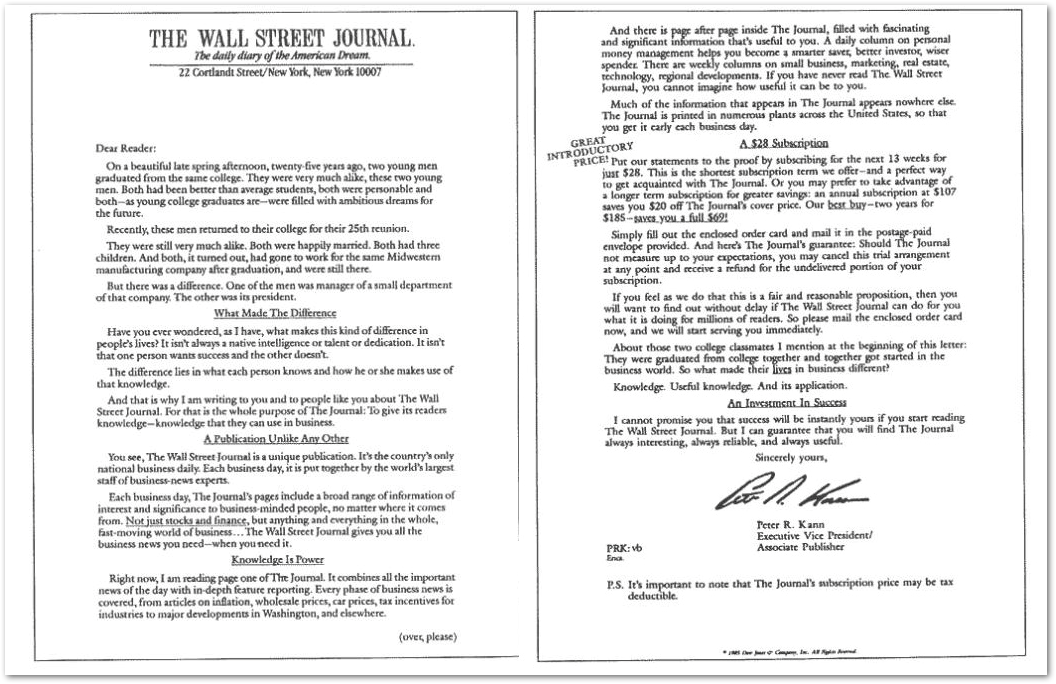Blog
The History of Conversion Rate Optimization
This article provides a detailed account of the history of conversion rate optimization. It provides more information, detail, and context to the article CHAPTER 1: Conversion Rate Optimization Secrets, one of four articles that lay out the Frictionless Commerce Conversion Rate Optimization philosophy.
To know where you’re going, you need to know where you’ve been. In fact, you might say that studying the history of conversion rate optimization was the essential piece of the puzzle.
It helped me finally figure out how I could help online retailers get the best possible results by being singularly focused on that one thing that creates the biggest impact on your conversion rates.
It was a fascinating journey— one that will give you a keen insight into how CRO arrived at the place it is at today— and I’d like to share it with you.
Direct Response Advertising
As we saw in the main conversion rate optimization article Lasker was quick to see the potential of salesmanship in print, and he made a fortune off it.
Direct response ads gave companies the ability to test, measure, and refine their ads quickly. Advertising agencies could test their copy on small segments of the market and, once they’d identified a winner, they could double down on it. They would quickly take the campaign nationally and quickly scale up their results.
The Two Billion Dollar Sales Letter (That was Swiped)
In 1979, the Wall Street Journal ran this letter, written by Martin Conroy, for the first time. This ad ran, virtually unchanged for 28 years, and netted an astounding $2 Billion in subscriptions for the journal.
The elegance of the direct response ad is that it’s a sales pitch that’s made directly to the end buyer. The effectiveness isn’t measured by the quality of the writing, the beauty of the design, or how engaging it is. The only metric for a direct response ad is: “do people respond?”
Many ad men, who spent their entire careers dazzling clients with creative campaigns, hated the crudeness of a direct response ad. A good copywriter could, in one afternoon, whip up a compelling pitch, launch it the next morning, and within the next 30 days know if his idea was great or shit.
Ask yourself this question: if you had to choose between spending $100 on a direct response ad (where you’ll empirically know if your idea had legs), or spending $400 a month on a billboard where there is no way to measure conversions, which would you pick?
My Favorite Direct-Response Ads
Joseph Sugarman is my conversion copywriting hero so it’s obvious his ad would be a favorite.
This ad is for a walkie-talkie and was featured in the book AdWeek Copywriting Handbook:
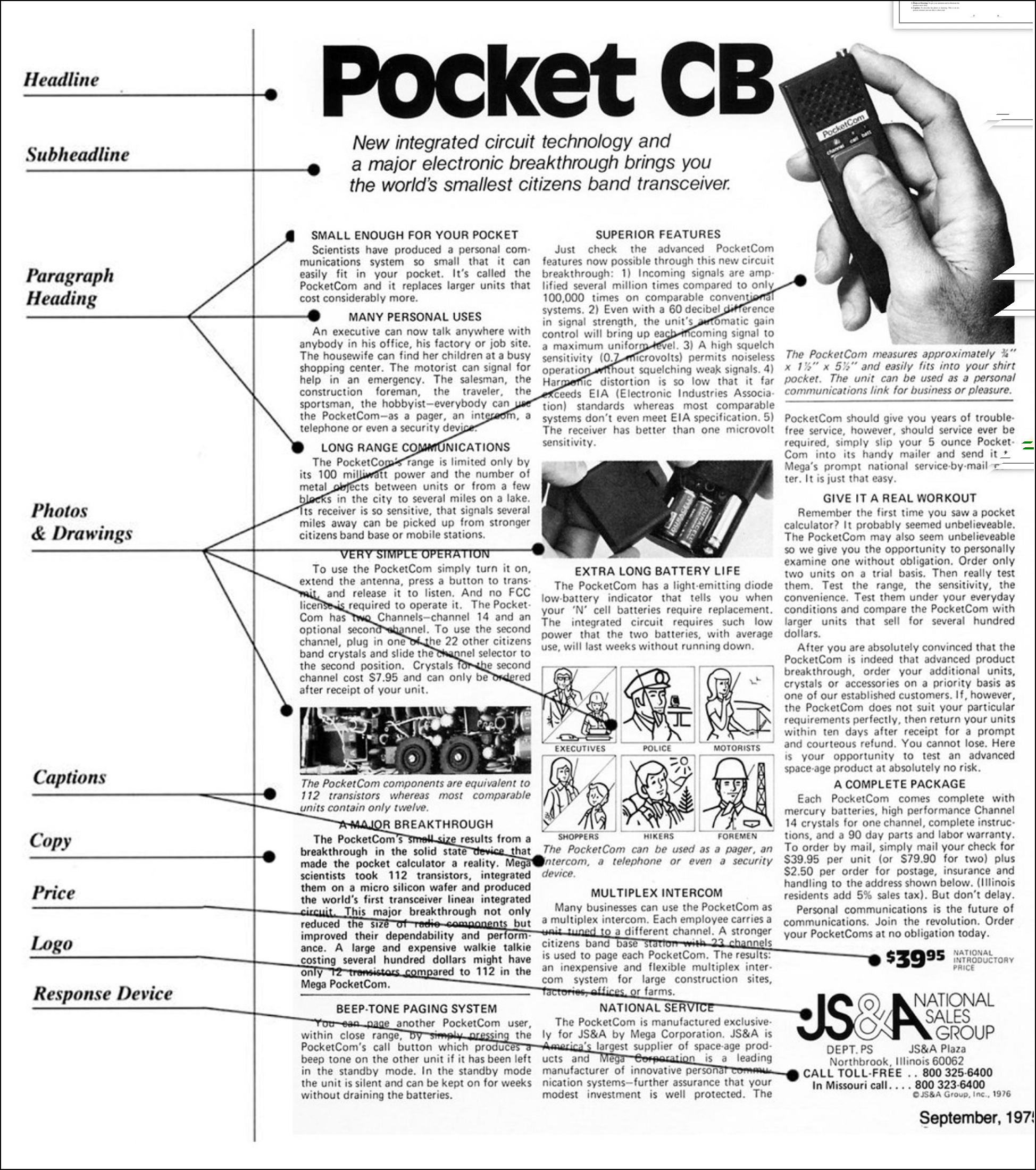
Here is another Joe Sugarman ad:
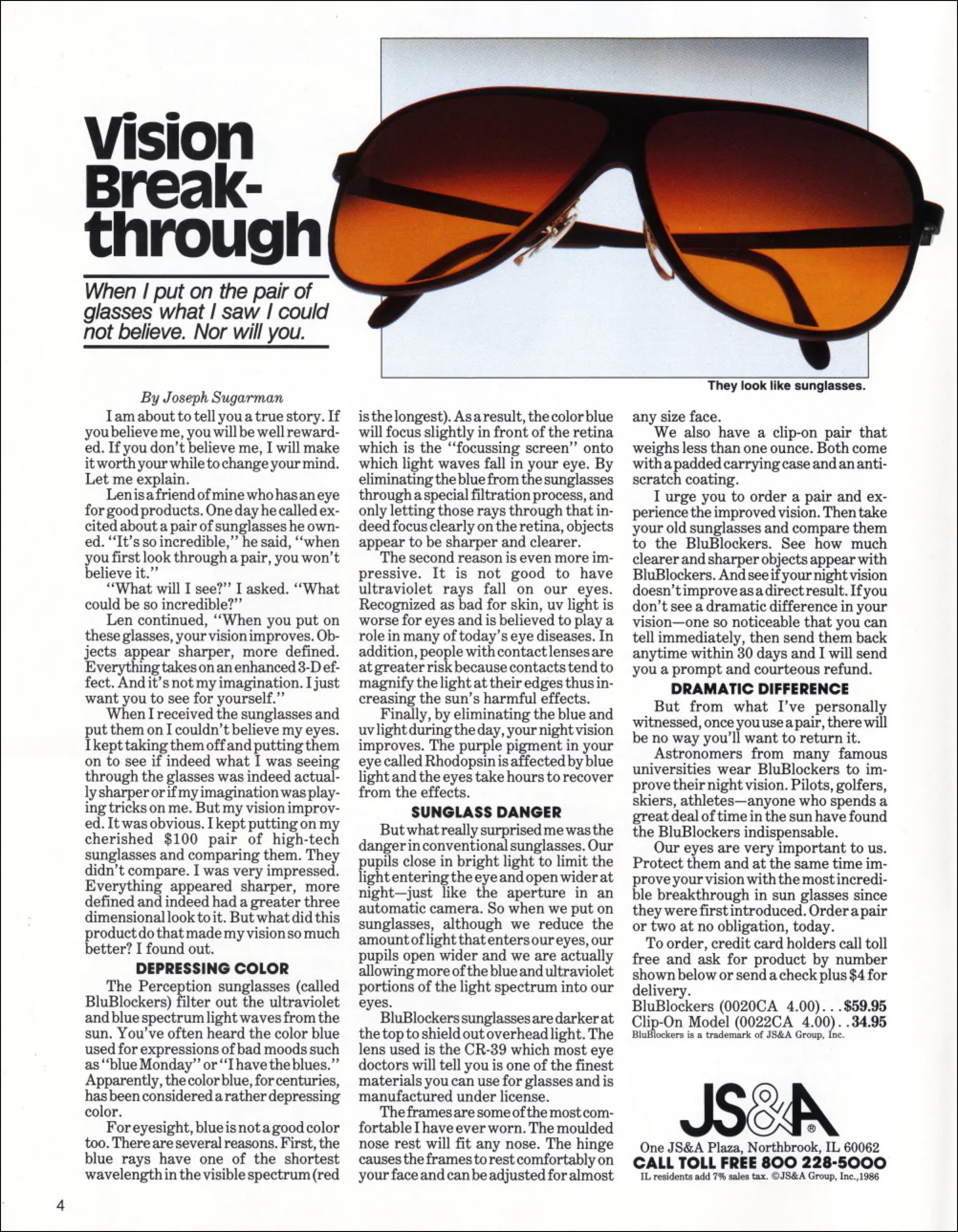
Here is a class David Ogilvy ad for Rolls Royce:
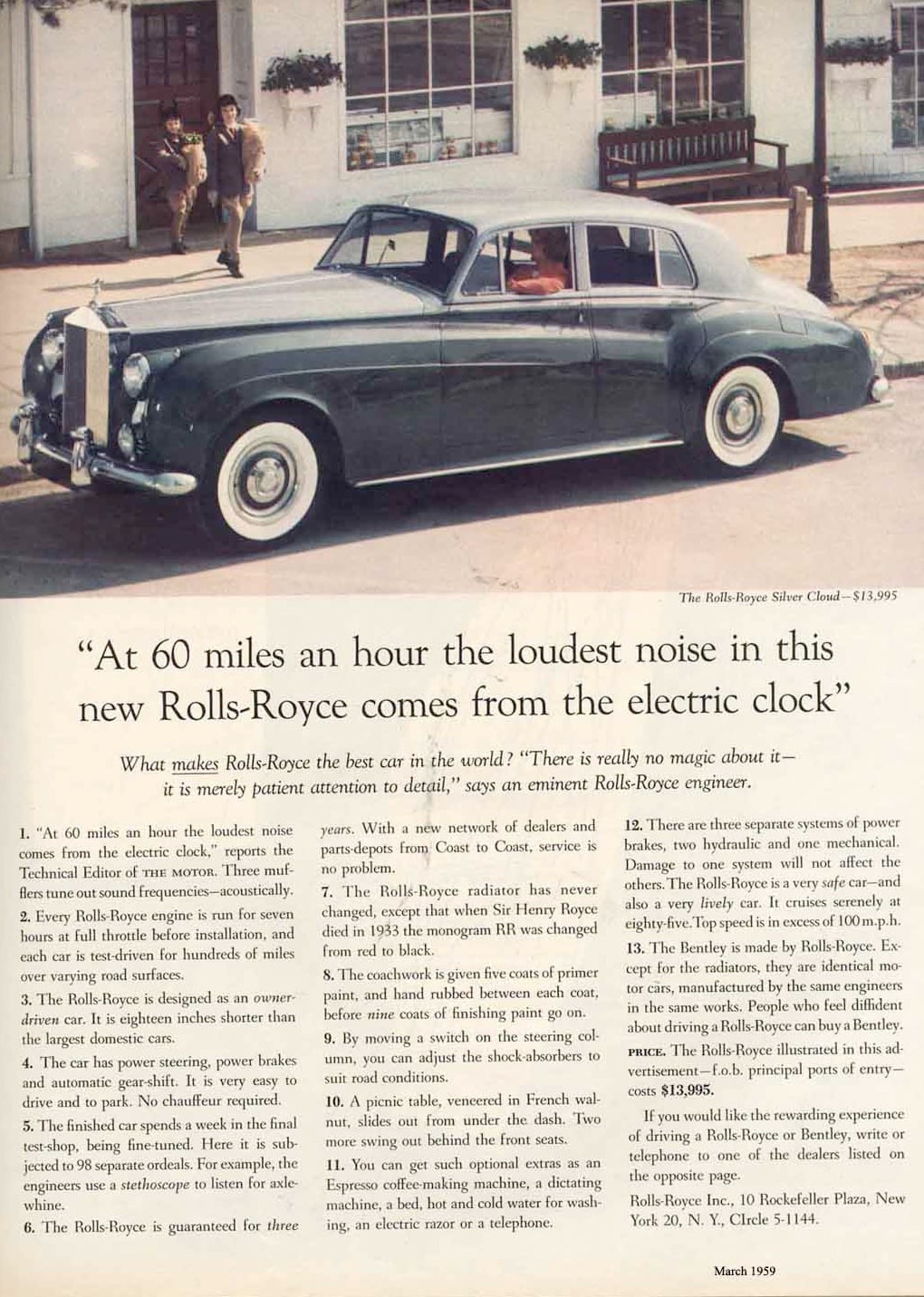
And I think this ad is my favorite:
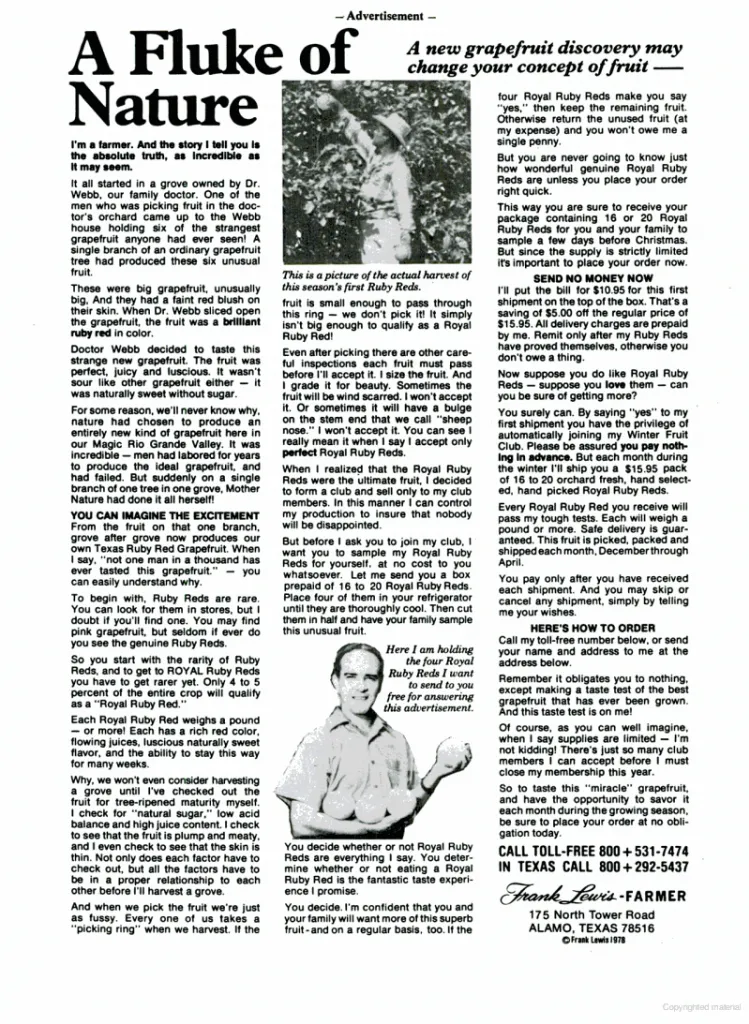
It’s not like the best ads only happened in the print medium. In fact, a case can be made that the advent of the Internet took things to a whole new level.
Try Adding Napalm to the Fire— Conversion Rate Optimization, Meet the Internet

If direct response added fuel to the fire of advertising, the internet phase of the history of conversion rate optimization added napalm. The internet took it to a whole other level.
Think about how conversion rate optimization works. It’s all about testing. It’s about figuring out the best way to construct your material to elicit the highest percentage of action-taking. You’re answering questions like: is doing X better than doing Y? Is doing Y better than doing Z?
Each time you have a hypothesis, you can run a test and empirically figure out whether on not what you think is better is actually better.
But testing takes time. It takes money. And the more tests you run, the more confusing it gets. And if you’re not careful about how you run those tests, you could end up with a bunch of results that still don’t get you to the optimal way of doing something.
If you were a direct marketer in 1975, you had a pretty good idea of what you were doing, but you were limited by how many things you could test at once. However, if you were a marketer in 2007…
The Limit Did Not Exist; The Internet Did
The internet was built for testing. Everything. With the internet you: never lose data, you iterate with the click of a button, you have the processing power to analyze all that data, and you can do so for pennies on the dollar (when compared to the cost of direct response advertising).
Think of it in terms of one of the most revolutionary effects of the internet: the democratization of access to information.
In 334 BCE, Alexander the Great founded the Library at Alexandria, Egypt. At its time, and well after, it was considered the greatest collection of knowledge the world had ever seen. At its height, it housed an estimated 400,000-700,000 texts.
If you have a smartphone in your pocket today you have access to over six billion web pages. Without going to Egypt.
The internet did that for information. It also did that for the marginal cost of testing advertising.
And Test They Did
In the eCommerce space, the best conversion rate optimization example can be none other than Amazon.com– they literally invented the practice in this medium. Amazon was running 200+ tests a month in 2004. (source: @TheGrok).
Today, the top players run thousands of tests. Intuit: 1,300, P&G: 7,000–10,000, Google: 7,000, Amazon: 1,976, and Netflix: 1,000.
These companies are effectively testing everything.
But… is that necessarily a good thing? Does testing everything actually optimize your conversion rates?
The Current State of Conversion Rate Optimization
Today’s CRO agencies have the ability to test everything. From homepage design to category page layout, to search and social ads, to the placement of the search bar (we tested this one way, way too much), to the checkout process, all the way down to the button colors: everything can be tested.
And that is what ends up happening. You run dozens of tests at the same time and never find that one, critical thing to focus on. But you never get to what matters.
The most salient points that the history of conversion rate optimization has to teach are lost. The lessons learned by Lasker, Hopkins, Caples, and generational brands like Coca-Cola and P&G are wasted.
The thing is, when you test everything, your attention is scattered. When your attention is scattered, you cannot focus on the one thing that has the biggest impact. You miss the forest for the trees.
That’s what happened to us. We missed the forest for the trees. We forgot the point of doing all those tests. I was, in effect, wandering in the CRO wilderness. But, as fate would have it, I wasn’t done with conversion rate optimization, and conversion rate optimization wasn’t done with me.
Next Steps
Let’s now return to Chapter 1: Conversion Rate Optimization and learn about the statistics of CRO.

